Initially, the design of the frame house is demanding on careful pondering the issue ...
|
|
Door platbands are designed to mask the gap between the doorway and the door ... |
The bulk floor is a special type of floor screed. Its main feature in ... |
How to insulate the cellar

The size of the cellar depends on the size of the foundation and the height of the base. Often, the height of the ceilings is at least two meters and will irrationally leave such a space without attention. The main purpose of the cellar is the storage of products. At minus temperatures, vegetables and preservatives will freeze, with too warm they can deteriorate, and with high humidity they will begin to rot. Therefore, it is so important that the room has optimal temperature and humidity. There are many ways to warm the cellar from the inside, consider the most popular and inexpensive.
Content:
Any room should be insulated even at the construction stage. In this case, the walls are insulated from the outside, which prevents freezing them. But, as practice shows, the basements begin to be insulated only after the completion of construction. With this method, high -quality waterproofing will be required to protect the insulation from condensate.
Despite the fact that the temperature at a depth remains stable during the round year, it is not suitable for storing food. The output is the insulation of the ceiling, walls and floor in the cellar. If the basement of a residential building is insulated, this will also lead to a decrease in energy consumption for heating the building itself.
The waterproofing and ventilation device of the cellar
Any insulation, even polystyrene, without proper ventilation and waterproofing of the basement will soon become unusable.
A mandatory attribute of any foundation is a blind area. She protects the cellar from the penetration of talus snow and rain into it. And for additional protection around the foundation, a system of drainage canals is dug up.
Another method is the equipment of the drainage ditch. It is dug up outside the floor below the floor in the cellar by 20-30 cm. Then geots are laid, and crushed stone is poured. A drainage pipe is laid and everything is closed with geotextiles on top and filled with sand or soil with a thorough tamping.
All of the above methods are additional and are used in the presence of high groundwater. But there are a number of works that are performed without fail - the processing of the walls of the cellar outside and from the inside with a waterproofing composition.
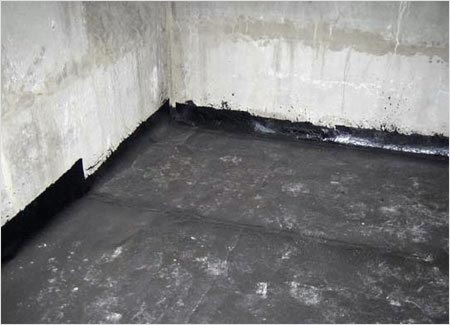
There are also special containers for a cellar of metal sheets or plastic caissons. It would seem that this is an optimal alternative, and there is no need to carry out complex work on insulation and waterproofing of the cellar. But vegetables in it do not breathe and are not stored for long. Condensate is formed inside, so it is very difficult to maintain an optimal microclimate in it.
As for ventilation, the most simple way of ventilation of the room is the lots in the foundation, or two channels are arranged for supply and exhaust ventilation from PVC pipes with a diameter of 10 to 50 mm. Such a system will function due to the temperature difference of the basement air and the coming outside.
About how to properly do ventilation in the cellar is described in more detail on the video.
Insulation of the cellar with polystyrene
Popular insulation material is ordinary foam. An alternative can be insulation of the cellar of polystyrene foam. It retains all the characteristics of the foam, but more durable. Most often, it is used for external work, but non -residential premises can be insulated from the inside. Before making the final choice, you should know not only about the advantages, but also about the disadvantages. This knowledge will make it possible to use it as efficiently as possible.
Advantages:
- good thermal insulation properties;
- light weight, so it does not have a large load on the walls and the foundation;
- affordable price;
- resistance to decay and formation of mold;
- it has low hygroscopicity, which means that in contact with water, it will not lose its properties.
Flaws:
- not recommended for internal use. When heated, distinguishes an unpleasant odor;
- easily lights up in contact with fire, and when burning, distinguishes harmful substances;
- low environmental friendliness.
For insulation of walls and ceilings, foam of the psb-25 brand is used with a thickness of 5 cm. It will allow for a long time to maintain a stable temperature.
For its installation, it will not be necessary to build a crate. It is simply glued to frost -resistant glue to the surfaces of brick or concrete walls. For additional fixation in the joints of the sheets, it is attached using dowels with a wide hat.
The insulation of the cellar from the inside will inevitably lead to the formation of condensate. Therefore, on top of the insulation, for its protection, a vapor barrier is attached. All her joints are glued with a painted reinforced tape.
Ceiling insulation in the cellar
The insulation of the ceiling should be taken with special attention. Since cold air that has fallen through the pipes inward can lead to the formation of condensate on the ceiling. If the floor of the first floor is made of wood, then insulation of the ceiling of the cellar is carried out in the same way as the walls. But if the overlap is a reinforced concrete structure, then the installation of a falseboard will be required. Most often, it is used when warming the ceiling of the cellar in the garage.
Stages of work:
- pipes or beams with a diameter of 2.5 cm are mounted. They are placed in a step of 60 cm 15 cm below the level of reinforced concrete ceiling;
- from reinforcing rods with a diameter of 0.8 1 cm, a enclosing mesh is made;
- the resulting design is painted with waterproof paint;
- the space between the ceiling and the structure is densely filled with thermal insulation material.
Floor insulation in the cellar
There are several ways to warm the floor in the cellar. Consider the main types.
Square by the floor with expanded clay
Of all the known methods, the method of insulation of the floor of the cellar with expanded clay is most popular. It allows you to achieve holistic insulation, is easy to use and is inexpensive.
When warming the floor with expanded clay, the load that will be found on it should be taken into account. It is on this indicator that the thickness of the expanded clay and concrete screed, which lies on top of it, depends.
But at first, a steam -barrier is made with an overlap on the walls in height of not less than the bulk floor.
For insulation, expanded clay with a fraction of 5 - 20 mm of two types is selected. This will provide protection against drawdown.
First of all, lighthouses are installed using the level. The first is located at a small distance from the wall, and the second, and all subsequent, at a distance of the rule that the screed will be aligned. They are located strictly parallel to each other.
After the composition on which the lighthouses were attached completely harden, you can proceed to falling asleep expanded clay. The thickness of the bulk layer should not be less than 10 cm.
A concrete screed with reinforcement is poured on top and aligned.
It is permissible to insulate the floor of the cellar in a garage or house with a design of sand, crushed stone and screed.
- First, the floor is deepened by 30 cm and is aligned;
- the first layer is covered with crushed stone 10 cm thick;
- a sand pillow is covered with a thickness of 5 cm on top of it;
- everything is thoroughly compacted;
- hot bitumen is poured as waterproofing;
- the final stage is made by a concrete reinforced screed.
Door insulation in the cellar
There should be no cracks in the wooden door, otherwise air circulation will be broken. If they are still there, then they should be sealed using mounting foam or sealant.
Do not forget about insulation of the door of the cellar. Previously, a felt was used for this. But now they are insulated with polystyrene or polystyrene foam. It is easily cut, so it will not be difficult to fit it according to the necessary sizes. It is glued from the inside to a special glue for foam.
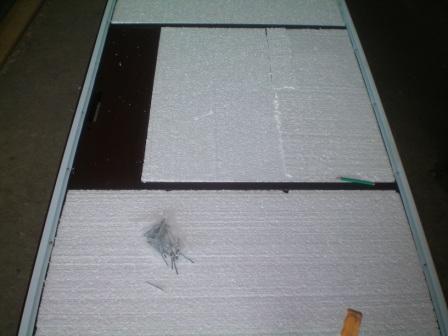

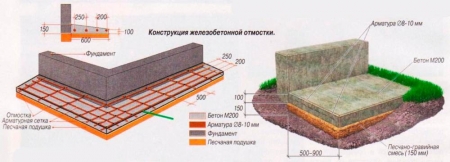
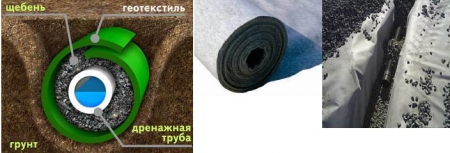
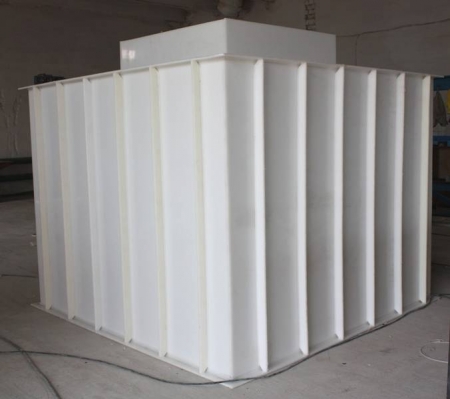
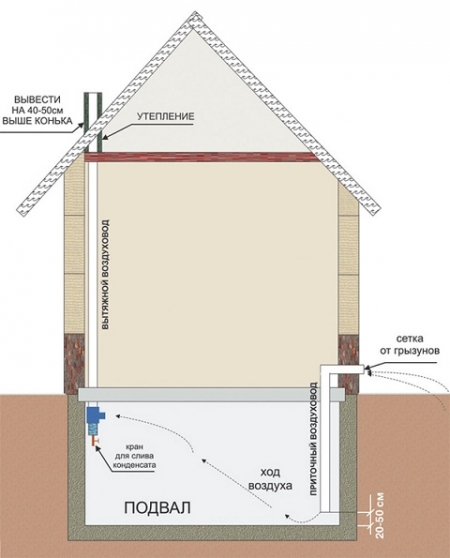
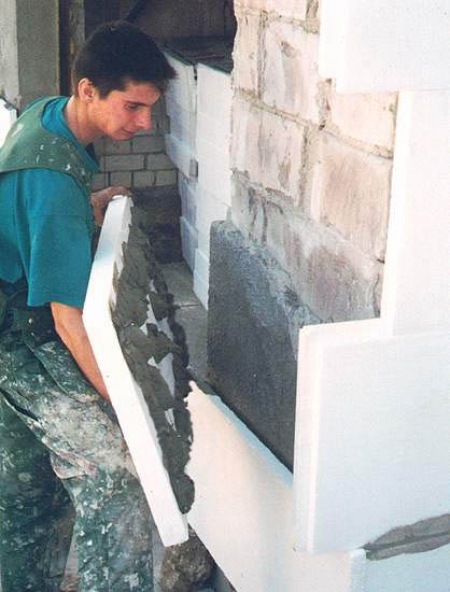





cryny
cryny